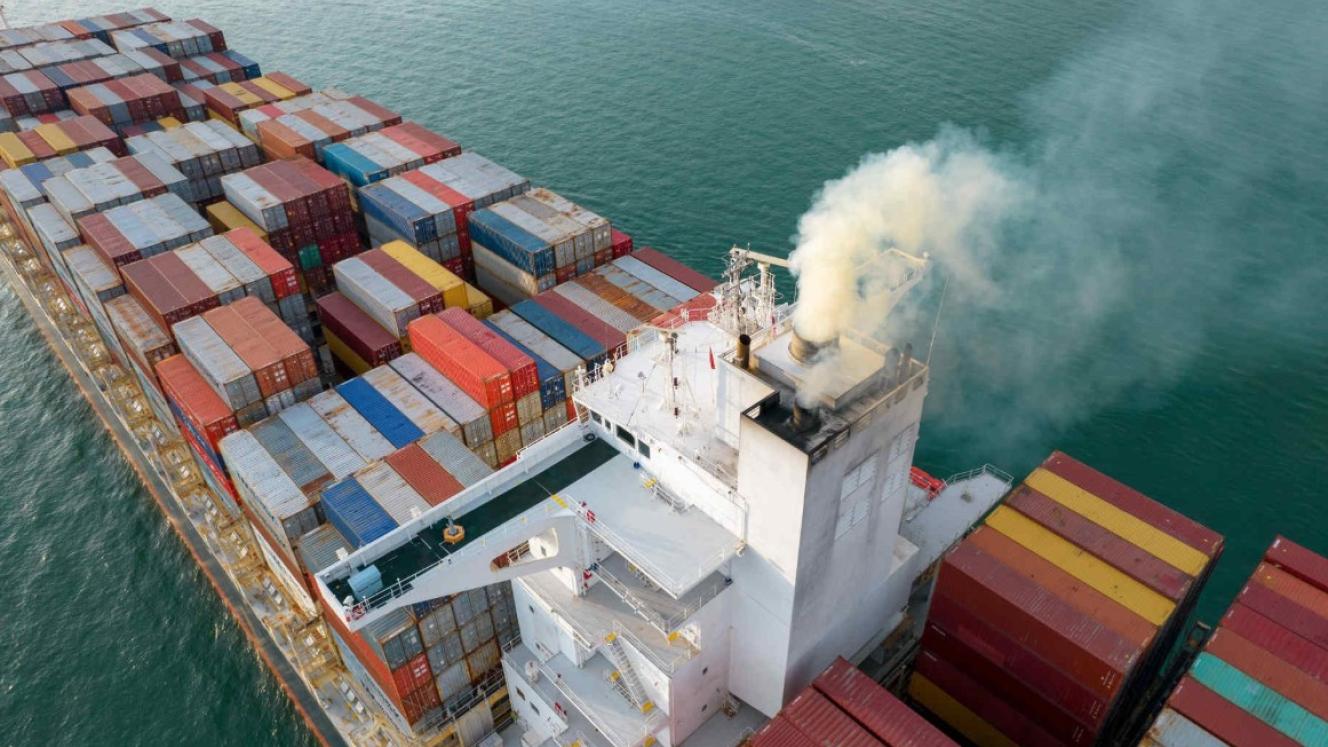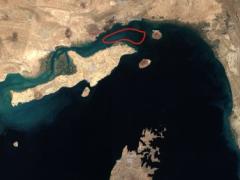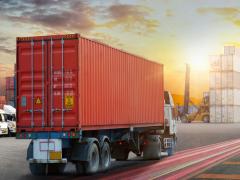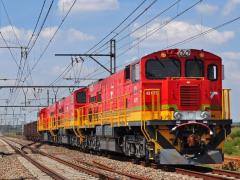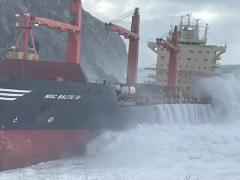The Port of Cape Town has come in for some heavy criticism because of operational downtime due to strong wind, with industry stakeholders asking whether Transnet has the necessary skills and insights to match sporadic squalls and sustained gusting.
The criticism comes at a time when international maritime intelligence platform, Kpler, stated in its most recent industry report that Cape Town Container Terminal (CTCT) was severely hamstrung by low productivity and high levels of vessel-dwelling – at berth and at anchorage.
Compared with peer ports battling similar conditions – Punta Arenas, Wellington, Houston, Felixstowe and Dover – CTCT was not getting on top of its biggest adversary, the notorious ‘Cape Doctor’, a south-easter that often blows at speeds of 90 kilometres an hour and more.
Yet, the Port of Cape Town received nine new rubber-tyred gantry (RTG) cranes in September, capable of safe operation in wind speeds up to 90 km/h – higher than the previous 72 km/h threshold.
The Liebherr-supplied cranes feature anti-sway systems, 3D video cameras for precise load handling, and diesel-electric hybrid Tier Three engines for efficiency. Together, they formed the first phase of a 28-crane roll-out under Transnet's R3.4 billion investment, with 19 more expected soon to boost container throughput amid Cape Town's windy conditions, Transnet said when the cranes were delivered.
However, Terry Gale of Exporters Western Cape (EWC) pointed out that the ‘Cape of Storms’ had been particularly gusty of late.
“CTCT has been adversely affected by wind the past two or three weeks, with the week of 17-23 (November) being the worst.”
That particular week the terminal only worked one day.
“The previous week the terminal did not fare much better, being fully operational for only two days, and on two other days the terminal only worked intermittently.”
He added that what was apparently not reported was how the port was operating when it was not windbound, “exceeding targets set for a few successive weeks”.
“The current status is three vessels on the berth and four vessels at anchor. Berthing delays vary, with one container vessel delayed by over 30 hours,” Gale said on Wednesday, November 26.
According to research by at least three different shipping resources, Cape Town Port sees average winds around 8-14 knots (15-26 km/h), with gusts up to 34 knots (63 km/h) during typical conditions, and fresh breezes (29 km/h) on about 19% of days annually. Punta Arenas, in contrast, records annual averages of 20-25 km/h (11-14 knots) with frequent gales exceeding 40 knots due to its subantarctic location.
Wellington tops global port-wind lists with year-round averages over 25 km/h (14 knots), earning its ‘Windy Wellington’ reputation from its exposure to the ‘Roaring Forties’.
The Cape Doctor affects delays but less severely than Wellington's persistent blasts or Punta Arenas's extremes, where berthing often halts. Houston faces tropical cyclone risks amplifying wind beyond daily averages. Felixstowe and Dover deal with North Sea/Channel squalls but remain milder overall for routine operations.
Echoing criticism that was levelled at the World Bank’s Container Port Performance Index (CPPI) about South Africa’s port throughput numbers, Gale said he found it odd that the Kpler report would compare Cape Town to other ‘poor performers’ like Rotterdam and Singapore.
Whereas Cape Town’s ability to bounce back from winds has become noticeable, Singapore is notoriously delayed for 40 days and more, whereas Rotterdam “continuously suffers delays”.
Gale is not the first to indicate that the fairness and perceived comparative accuracy of data aggregation seem to be increasingly skewed and mis-assessed, creating a distorted picture of ports and their performance dynamics.
During a recent multimodal logistics webinar, the head of Research and Development at the South African Association of Freight Forwarders, Dr Jacob van Rensburg, said the CPPI report released earlier this year was simply not credible in how it applied throughput figures across the board.
He argued that comparative metrics should be adapted and applied logically, taking into account a port’s unique circumstances – such as weather conditions or geostrategic location – rather than grouping a port like Berbera on the Horn of Africa together with those in Southern and South Africa.
Gale said the same about Belgium’s Kpler report.
“We need to compare apples with apples and take cognisance of Cape Town’s geographic position at the southern tip the African continent, where the cold Benguela and warm Agulhas current meet.
“It is only natural that the wind would play havoc with the Peninsula.”

